A supermoon occurs when a full moon is closest to Earth in its elliptical orbit, making the moon appear larger and brighter than usual. This September’s supermoon coincides with the “harvest moon” – because it appears close to the time when farmers harvest their crops.
According to NASA, the super harvest moon phenomenon will peak at 9:35 a.m. on September 18 (Vietnam time), and will last for about 3 days until the morning of September 19.
![[Photo] The magnificent scene of the harvest supermoon and penumbral lunar eclipse photo 1](https://vstatic.vietnam.vn/vietnam/resource/IMAGE/2025/1/20/9021b46e03be42199cf28b73516d82c4) |
The supermoon appears before a lunar eclipse over the Samalayuca sand dunes on the outskirts of Ciudad Juarez, Mexico, September 17, 2024. (Photo: Reuters) |
![[Photo] The magnificent scene of the harvest supermoon and penumbral lunar eclipse photo 2](https://vstatic.vietnam.vn/vietnam/resource/IMAGE/2025/1/20/8f36f49454fd4ae6a7c6d53ab9729eb1) |
A supermoon and partial lunar eclipse appear over the Old City of Jerusalem, September 18, 2024. (Photo: EPA) |
![[Photo] The magnificent scene of the harvest supermoon and penumbral lunar eclipse photo 3](https://vstatic.vietnam.vn/vietnam/resource/IMAGE/2025/1/20/9e7b63ace7314a7192fb59d2cc0ce5ad) |
The super harvest moon rises over San Diego, California, USA, on September 17, 2024. (Photo: Reuters) |
This event not only has astronomical significance but also great cultural value. In many Asian countries such as China, Korea and Vietnam, the harvest moon is also associated with traditional festivals such as the Mid-Autumn Festival or Chuseok, when people gather with their families and celebrate the bountiful harvest.
![[Photo] The magnificent scene of the harvest supermoon and penumbral lunar eclipse photo 4](https://vstatic.vietnam.vn/vietnam/resource/IMAGE/2025/1/20/8f58705d33d84b009b71a2cb339bb3bc) |
Members of the Dubai Astronomy team observe a partial lunar eclipse and a supermoon using equipment in Abu Dhabi, UAE, on September 18, 2024. (Photo: The National) |
![[Photo] The magnificent scene of the harvest supermoon and penumbral lunar eclipse photo 5](https://vstatic.vietnam.vn/vietnam/resource/IMAGE/2025/1/20/087b0e1e5925486482c4f95cc2eff4ac) |
The Kremlin Towers stand out against the backdrop of a supermoon and partial lunar eclipse, Moscow, Russia, September 18, 2024. (Photo: Reuters) |
![[Photo] The magnificent scene of the harvest supermoon and penumbral lunar eclipse photo 6](https://vstatic.vietnam.vn/vietnam/resource/IMAGE/2025/1/20/e405e2f4c9384fd4954035c76d9a3c59) |
A partial lunar eclipse is seen at the Samalayuca sand dunes on the outskirts of Ciudad Juarez, Mexico, on September 17, 2024. (Photo: Reuters) |
In addition to the brilliance of the supermoon, astronomy enthusiasts can also witness another astronomical phenomenon: the penumbral lunar eclipse.
Unlike a total lunar eclipse, a penumbral lunar eclipse occurs when the moon passes through the Earth's penumbra. This causes the moon's light to be slightly dimmed, creating a faint shadow that only close observers can notice.
![[Photo] The magnificent scene of the harvest supermoon and penumbral lunar eclipse photo 7](https://vstatic.vietnam.vn/vietnam/resource/IMAGE/2025/1/20/7066c3946d01443faaca3dc6d2ec609c) |
A partial lunar eclipse is seen above the Kremlin towers and the Russian Foreign Ministry building in Moscow, Russia, September 18, 2024. (Photo: Reuters) |
![[Photo] The magnificent scene of the harvest supermoon and penumbral lunar eclipse photo 8](https://vstatic.vietnam.vn/vietnam/resource/IMAGE/2025/1/20/a0b2fdf4a69d4214bd1c5fc3f7ff4434) |
Partial lunar eclipse in San Nicolas de los Garza, Mexico, September 17, 2024. (Photo: Reuters) |
![[Photo] The magnificent scene of the harvest supermoon and penumbral lunar eclipse photo 9](https://vstatic.vietnam.vn/vietnam/resource/IMAGE/2025/1/20/d1795fed8dc94acfa2bcb3d955307d73) |
The super harvest moon rises above the lighthouse in Scituate, Massachusetts, US, on September 17, 2024. (Photo: Reuters) |
![[Photo] Magnificent scene of the harvest supermoon and penumbral lunar eclipse photo 10](https://vstatic.vietnam.vn/vietnam/resource/IMAGE/2025/1/20/d28fbe9757ed41fe952aceb016968a3f) |
The moon rises behind the Bosphorus Bridge in Istanbul, Türkiye, September 17, 2024. (Photo: Reuters) |
According to Vietnam time, the lunar eclipse began at 7:41 a.m. on September 18 and peaked at about 9:44 a.m., when the dimmest part of the Earth's shadow covered about 4% of the moon's surface.
Although only a small part, this change still brings a mysterious look to the night sky, combined with the brilliant light of the supermoon. This phenomenon can be observed in the Americas, Europe and Africa, as well as small parts of Asia and the Middle East.
![[Photo] The magnificent scene of the harvest supermoon and penumbral lunar eclipse photo 11](https://vstatic.vietnam.vn/vietnam/resource/IMAGE/2025/1/20/d37f0c28d1c849b5be94655515aa18e9) |
The supermoon as seen from Caracas, Venezuela. (Photo: Getty Images) |
![[Photo] The magnificent scene of the harvest supermoon and penumbral lunar eclipse photo 12](https://vstatic.vietnam.vn/vietnam/resource/IMAGE/2025/1/20/4fba14ebea1a40a382f90c8bf9dd6753) |
Supermoon over Nanjing, Jiangsu Province, China. (Photo: Getty Images) |
![[Photo] The magnificent scene of the harvest supermoon and penumbral lunar eclipse photo 13](https://vstatic.vietnam.vn/vietnam/resource/IMAGE/2025/1/20/121c600bdf404e8f9c465d427a8d567f) |
Observing the supermoon in Indonesia. (Photo: Getty Images) |
![[Photo] The magnificent scene of the harvest supermoon and penumbral lunar eclipse photo 14](https://vstatic.vietnam.vn/vietnam/resource/IMAGE/2025/1/20/16efc18a523a470a9aaa1acf349dcab0) |
An airplane appears with a supermoon in the background over Toronto, Canada. (Photo: Getty Images) |
The combination of the super harvest moon and penumbral lunar eclipse created a picture-perfect picture in the sky. Both phenomena are not only astronomical events but also have deep cultural significance, inspiring festivals and community activities around the world.
In Vietnam, the Mid-Autumn Moon has long been a symbol of reunion, when families gather together under the moonlight, enjoy moon cakes and share the joy of reunion.
The supermoon and partial lunar eclipse appeared together, attracting the attention of astronomy lovers around the world. (Video: The Guardian) |
From a scientific perspective, the supermoon and penumbral lunar eclipses are also opportunities for astronomers to observe the interaction between the Earth and the Moon, as well as better understand the orbits and structures of these two celestial bodies.
Those who missed this event can wait for the next lunar eclipse in August 2026, which promises to be an even more exciting experience with about 96% of the moon's surface covered by the Earth's shadow.
Source: https://nhandan.vn/anh-canh-tuong-ky-vy-cua-sieu-trang-mua-gat-va-nguyet-thuc-nua-toi-post831750.html




![[Photo] Visiting Cu Chi Tunnels - a heroic underground feat](https://vstatic.vietnam.vn/vietnam/resource/IMAGE/2025/4/8/06cb489403514b878768dd7262daba0b)



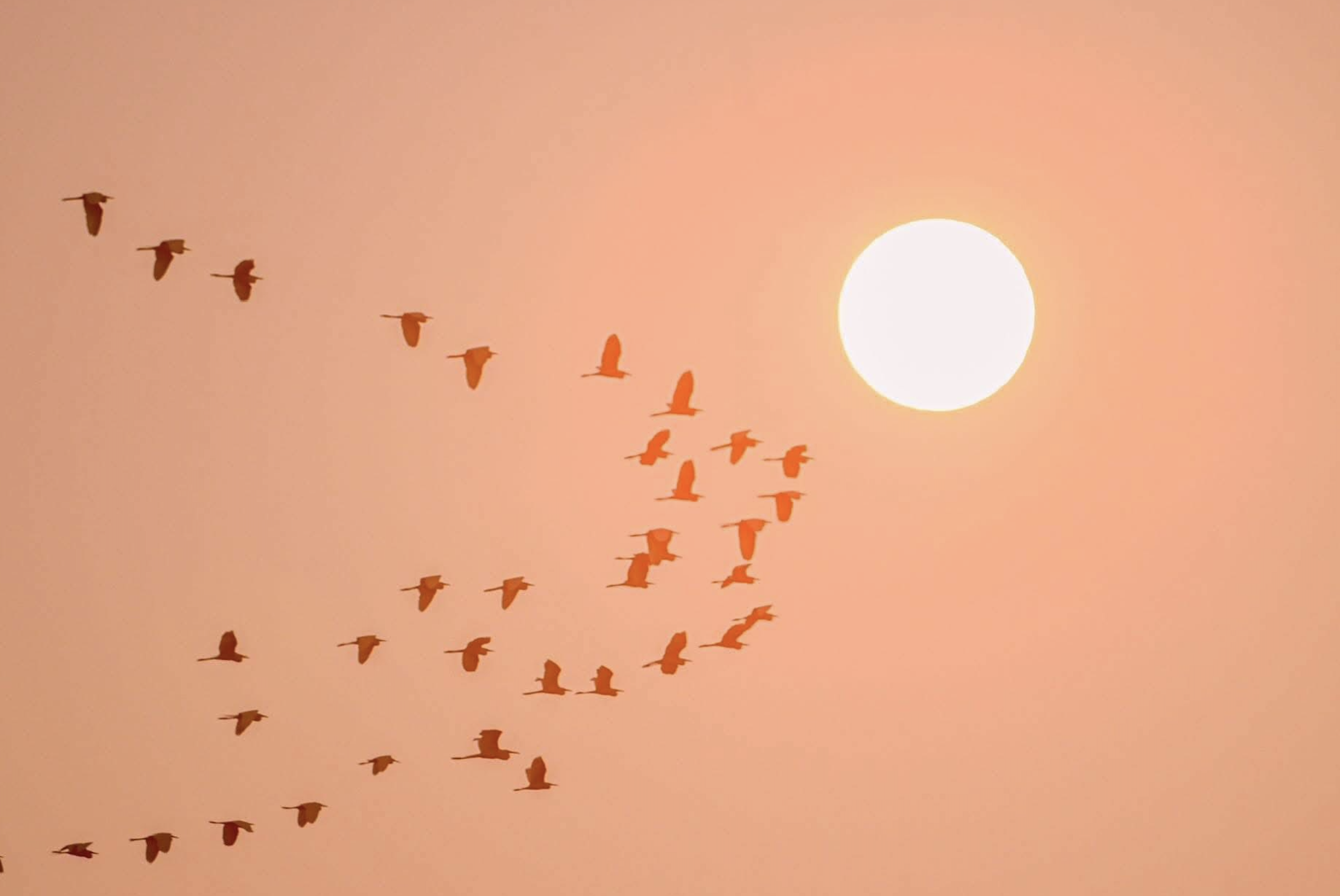

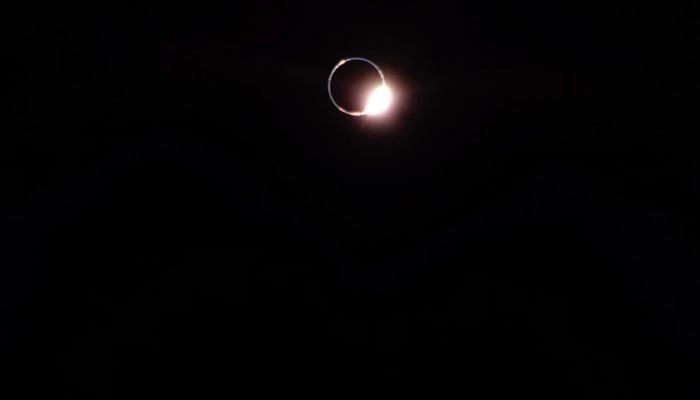

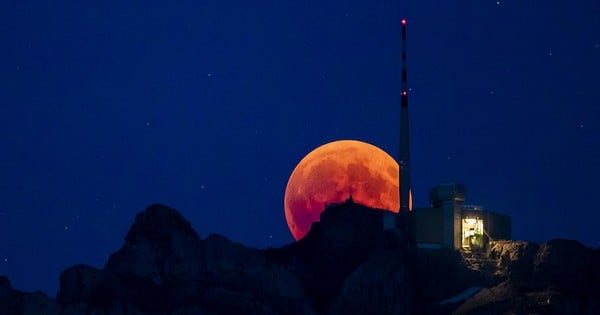

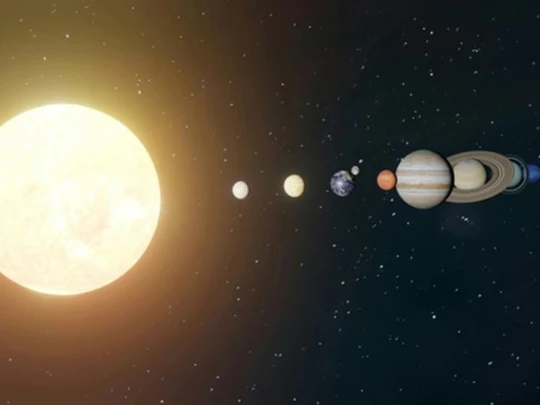

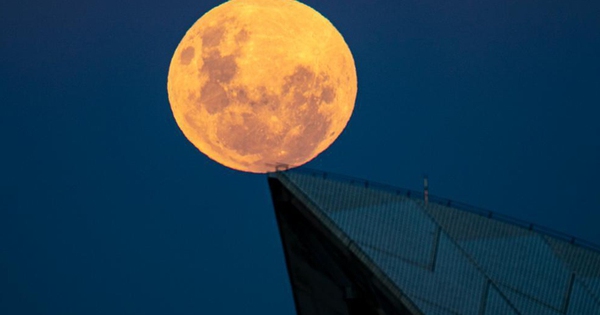

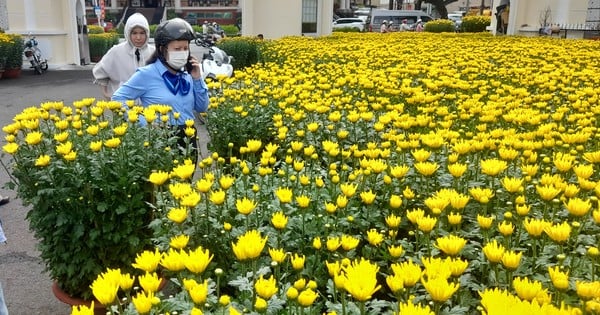



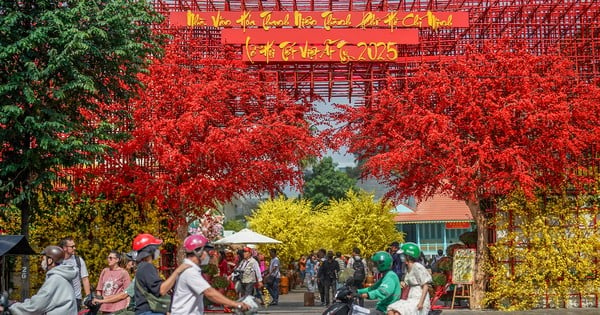
![[Photo] Prime Minister Pham Minh Chinh holds talks with Prime Minister Mikhail Vladimirovich Mishustin](https://vstatic.vietnam.vn/vietnam/resource/IMAGE/2025/1/19/54ce88000228495a90768cc0b03c9cc0)


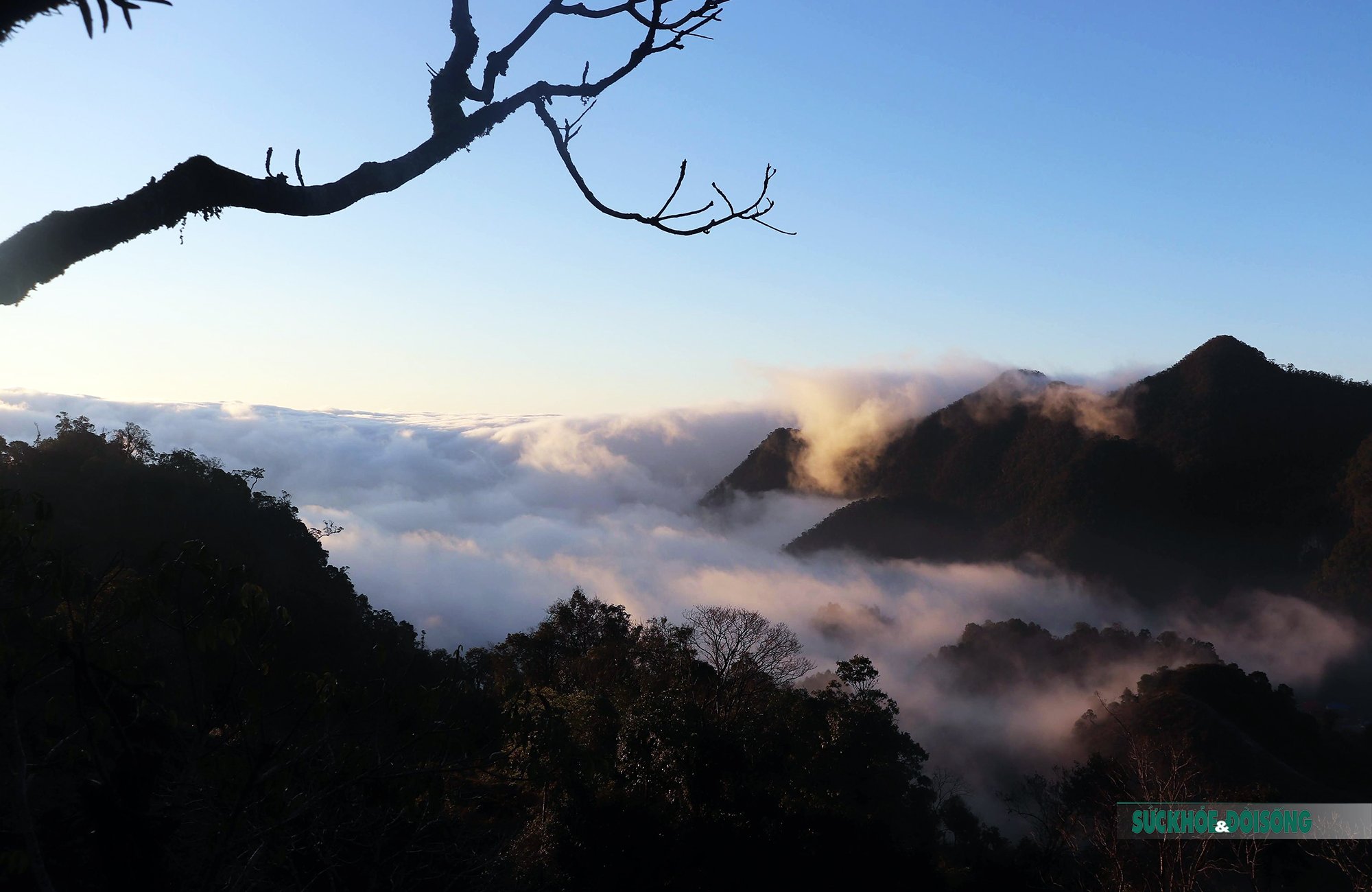











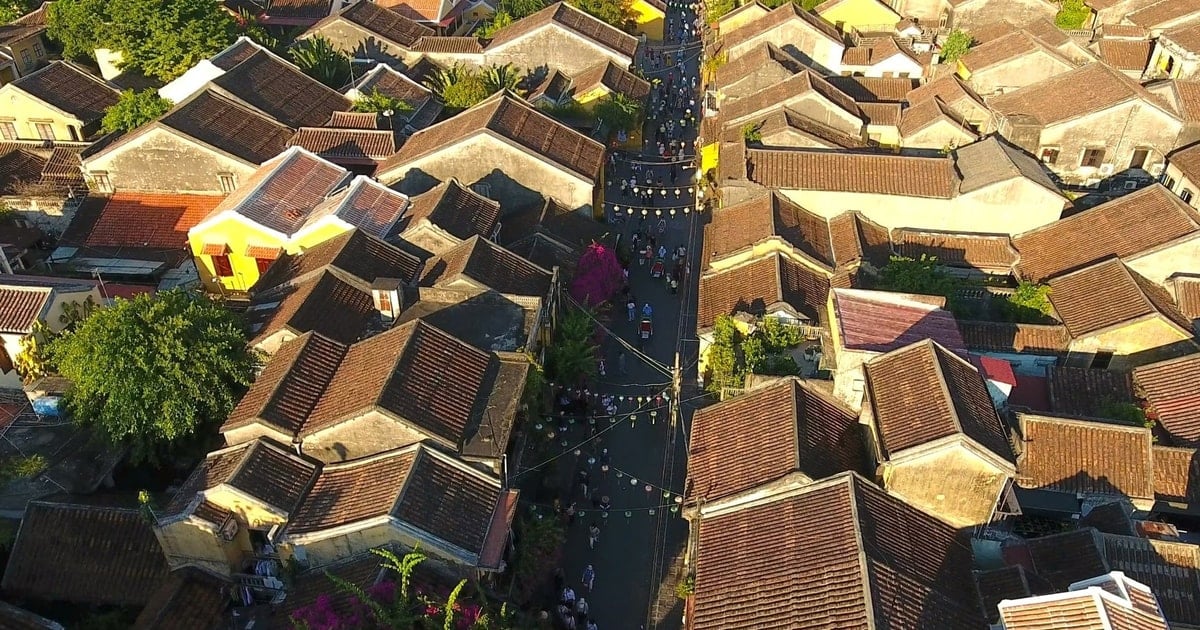







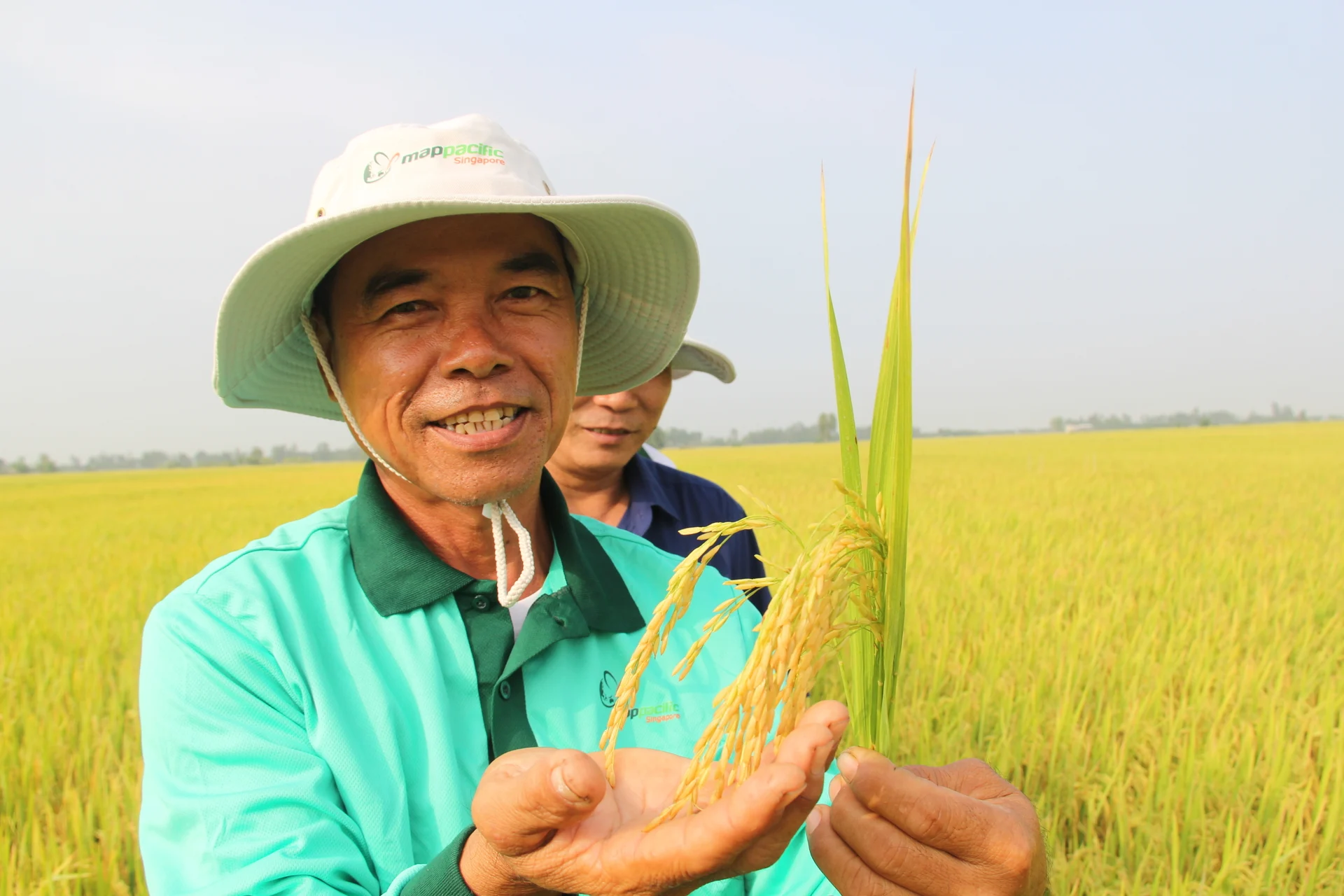




















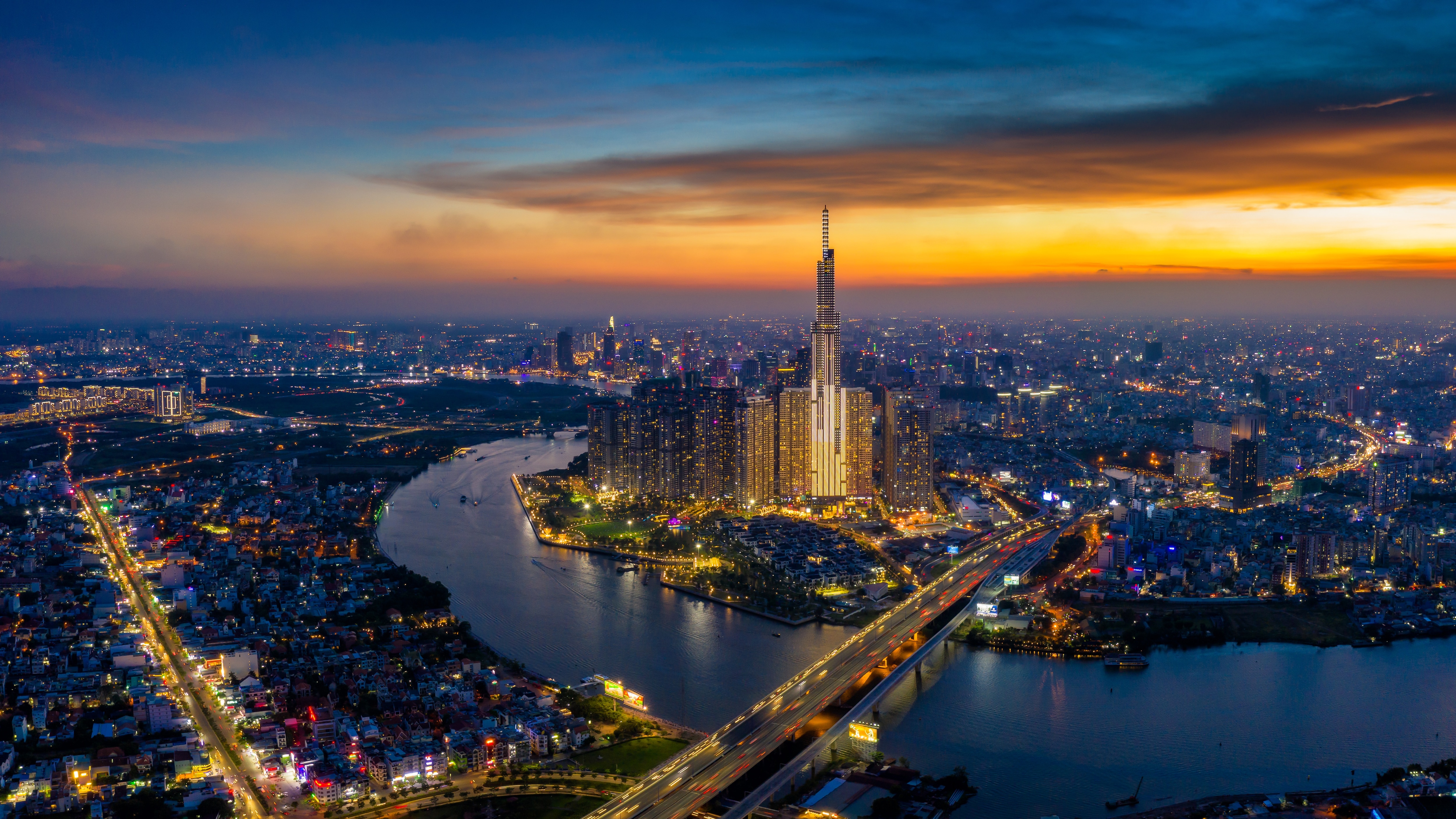


















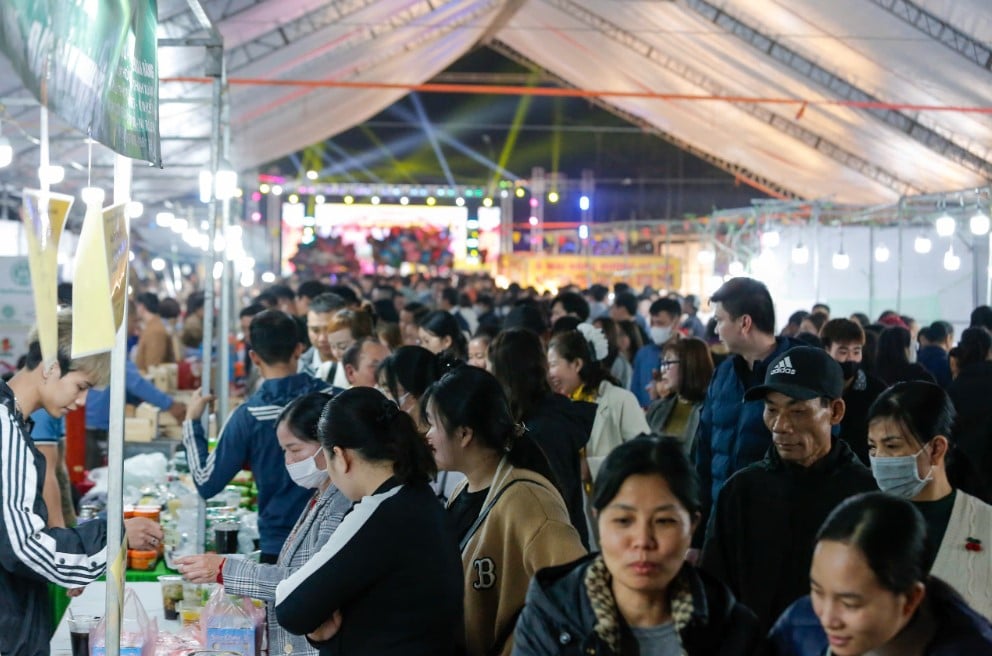







Comment (0)